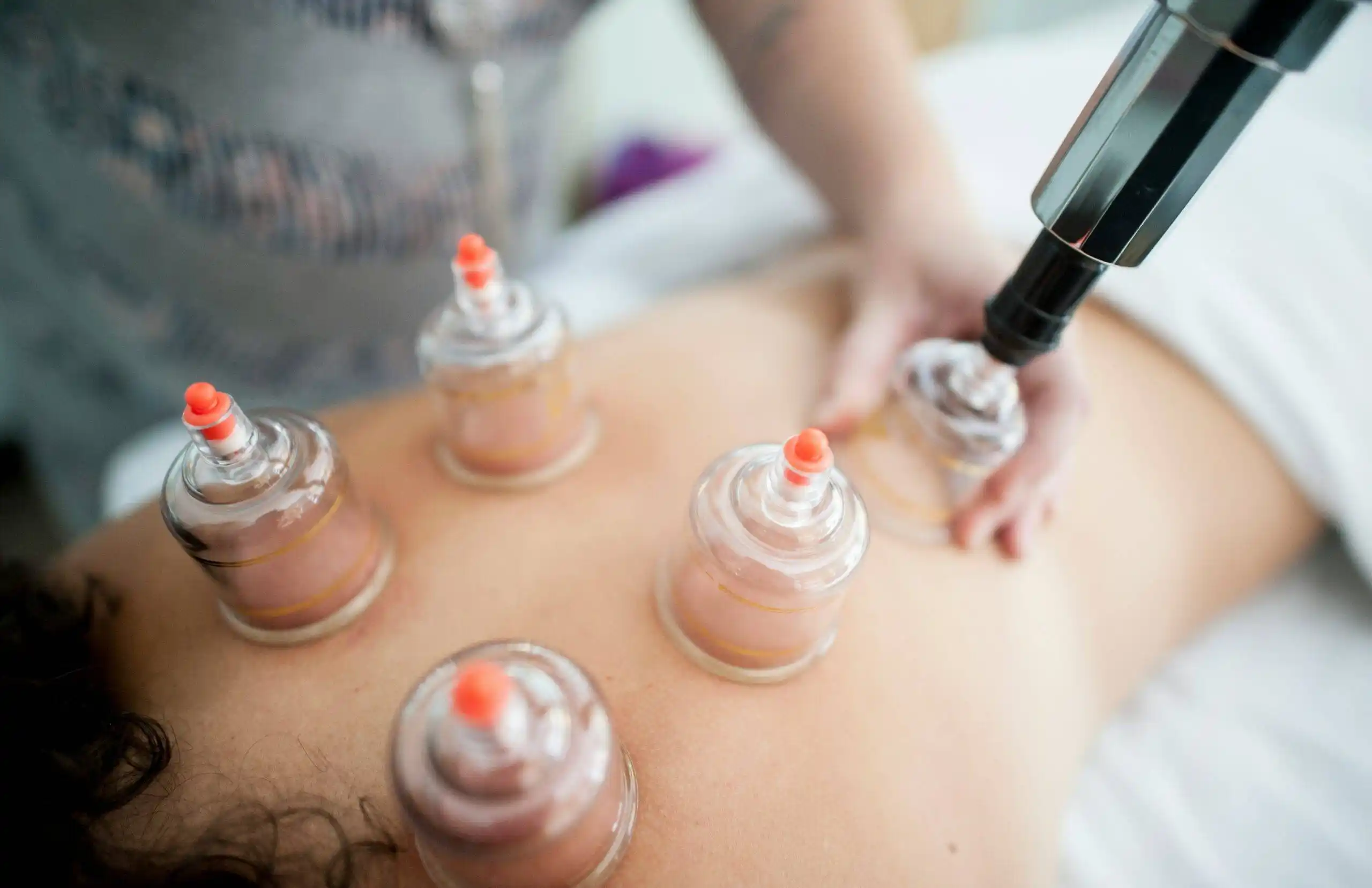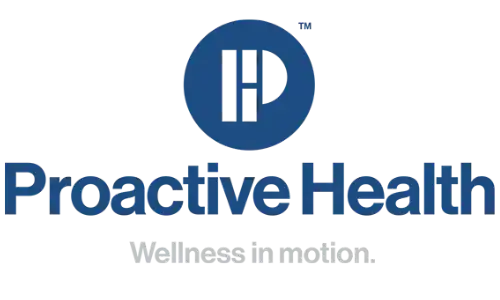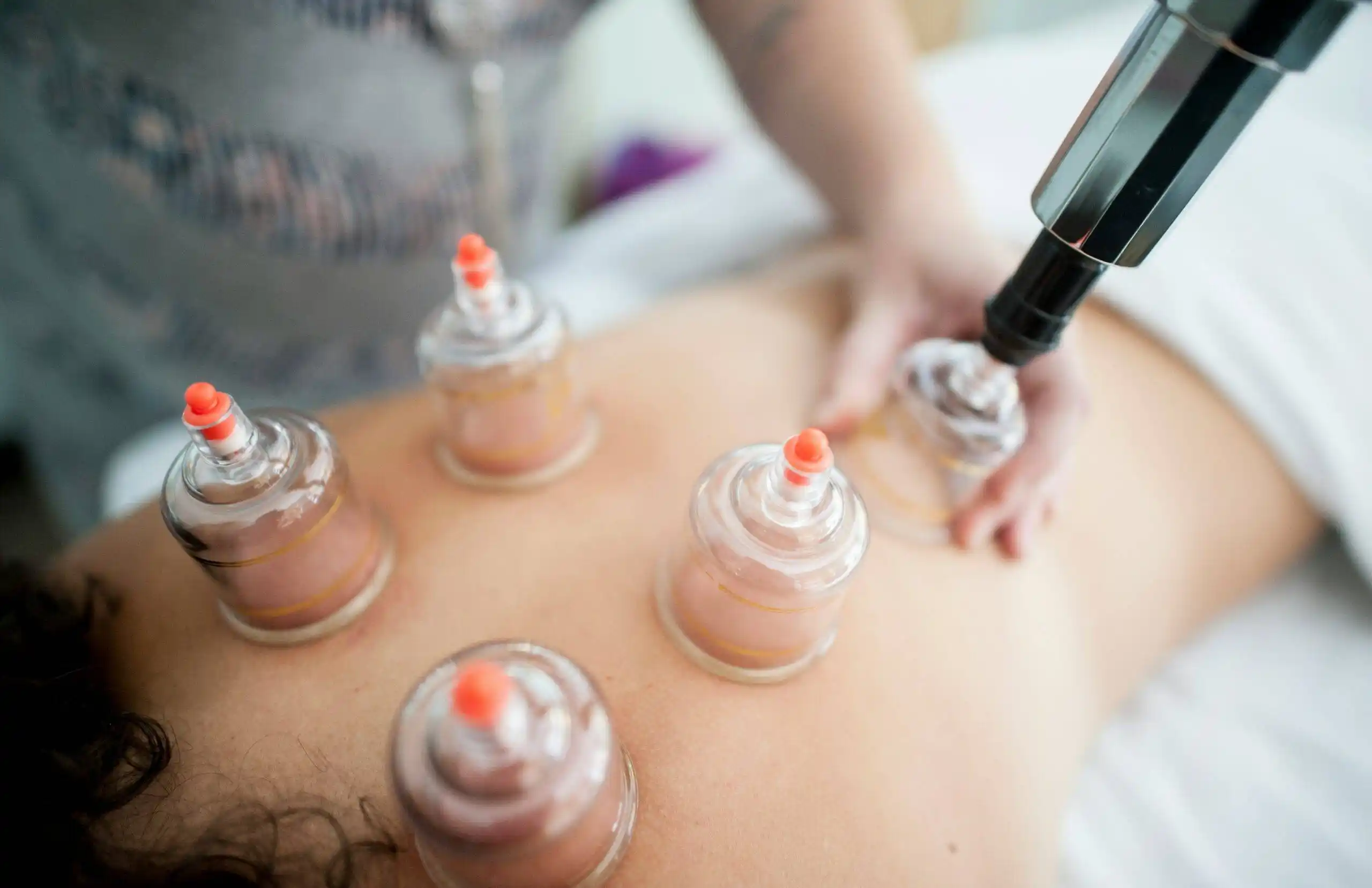Graston Therapy vs. Cupping: Which One Is Better for Muscle Recovery?

Graston Therapy vs. Cupping: Which One Is Better for Muscle Recovery?
When it comes to muscle recovery, two therapies often steal the spotlight: Graston Therapy and cupping. Both are popular among athletes, chronic pain patients, and weekend warriors—but how do they work, and which one is right for you? This in-depth guide compares their mechanisms, benefits, risks, and ideal use cases, helping you make an informed choice. Plus, learn how Proactive Health in Richmond tailors these therapies to your unique needs.
Understanding the Basics
What is Graston Therapy?
Graston Therapy (GT) is a form of instrument-assisted soft tissue mobilization (IASTM). Certified practitioners use stainless steel tools with bevelled edges to detect and break down scar tissue, fascial adhesions, and muscle knots.
How It Works:
- Detection: Tools glide over the skin to identify areas of restriction.
- Breakdown: Controlled pressure breaks up scar tissue and adhesions.
- Healing: Increased blood flow promotes tissue repair and mobility.
Common Uses:
- Chronic tendonitis (e.g., tennis elbow, plantar fasciitis).
- Post-surgical scar tissue.
- Muscle strains or repetitive stress injuries.
What is Cupping?
Cupping involves placing silicone, glass, or plastic cups on the skin to create suction. This lifts tissues, separates fascial layers, and boosts circulation. Two primary types exist:
- Dry Cupping: Static suction for 5–15 minutes.
- Wet Cupping: Combines suction with controlled medicinal bleeding.
How It Works:
- Suction: Cups pull stagnant blood and fluids to the surface.
- Release: Tension in muscles and fascia eases, reducing pain.
- Recovery: Fresh oxygenated blood floods the area, accelerating healing.
Common Uses:
- Muscle tightness (e.g., upper back, shoulders).
- Post-workout soreness.
- Respiratory issues (e.g., bronchitis).
Graston Therapy vs. Cupping: Key Differences
1. Mechanism of Action
- Graston Therapy: Mechanical breakdown of scar tissue via friction and pressure. Focuses on structural repair of damaged tissues.
- Cupping: Creates a vacuum to separate fascial layers and draw blood to the surface. Focuses on circulatory enhancement and metabolic waste removal.
2. Pressure and Sensation
- Graston Therapy: Often feels intense—similar to deep tissue massage. May cause temporary redness or bruising.
- Cupping: Typically feels like a pulling sensation. Leaves circular marks (not bruises) that fade in 3–7 days.
3. Scientific Evidence
- Graston Therapy: Supported by studies showing improved range of motion in rotator cuff injuries (Journal of Orthopaedic & Sports Physical Therapy, 2019).
- Cupping: Mixed evidence; some studies highlight pain reduction in lower back pain (PLOS ONE, 2017), while others call it a placebo effect.
4. Treatment Duration
- Graston Therapy: 5–10 sessions, 1–2 times weekly.
- Cupping: Often provides immediate relief; 1–3 sessions weekly for chronic issues.
Benefits of Each Therapy
Graston Therapy Advantages
- Breaks Down Scar Tissue: Ideal for chronic injuries with adhesions.
- Improves Mobility: Restores joint and muscle function post-injury.
- Precision: Tools target specific problem areas (e.g., IT band, Achilles tendon).
Cupping Advantages
- Relaxes Muscles Quickly: Reduces tightness after intense workouts.
- Non-Invasive: No pressure on bones or joints.
- Versatile: Addresses both musculoskeletal and systemic issues (e.g., migraines).
Risks and Side Effects
Graston Therapy
- Bruising or Skin Irritation: Common with aggressive techniques.
- Contraindications: Avoid with open wounds, fractures, or blood clotting disorders.
Cupping
- Circular Marks: Harmless but may concern some clients.
- Burns (Fire Cupping): Rare risk with traditional fire-based methods.
- Contraindications: Avoid with sunburn, deep vein thrombosis, or pregnancy (abdominal cupping).
Who Should Choose Graston Therapy?
Ideal Candidates:
- Athletes with Chronic Injuries: Runners with shin splints, weightlifters with shoulder impingement.
- Post-Surgical Patients: Breaking up scar tissue after ACL repair or C-sections.
- Desk Workers with Neck/Back Pain: Addressing adhesions from poor posture.
Pro Tip: Pair Graston with physical therapy for optimal results.
Who Should Choose Cupping?
Ideal Candidates:
- Acute Muscle Soreness: Relief after marathons or heavy lifting.
- Stress-Related Tension: Tight traps or jaw muscles from anxiety.
- Respiratory Conditions: Congestion relief from colds or allergies.
Pro Tip: Combine cupping with massage therapy for deeper relaxation.
Can You Combine Graston and Cupping?
Yes! Many clinics, including Proactive Health, use both therapies synergistically:
- Graston First: Break down scar tissue and adhesions.
- Cupping After: Enhance blood flow to the treated area.
Example: A baseball pitcher with a tight rotator cuff receives Graston to address adhesions, followed by cupping to reduce inflammation.
Alternatives to Consider
If neither therapy suits you, explore:
- Dry Needling: Releases trigger points with acupuncture-like needles.
- Massage Therapy: Reduces muscle tension without tools.
- Laser Therapy: Promotes cellular repair in chronic injuries.
Final Verdict: Which Is Better?
The “better” option depends on your goals:
- Choose Graston Therapy for chronic injuries, scar tissue, or restricted mobility.
- Choose Cupping for acute soreness, relaxation, or systemic issues.
For many, combining both yields the best results.
Experience Personalized Recovery at Proactive Health
Still unsure which therapy is right for you? Our experts at Proactive Health in Richmond assess your condition, goals, and lifestyle to create a tailored plan.
Book a consultation today and unlock faster, smarter muscle recovery!



